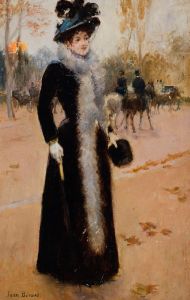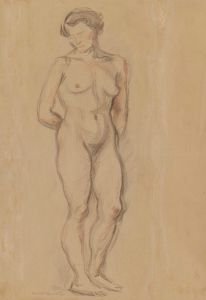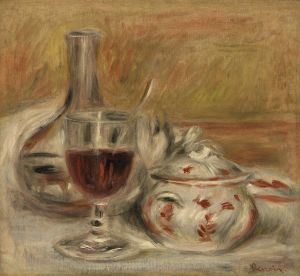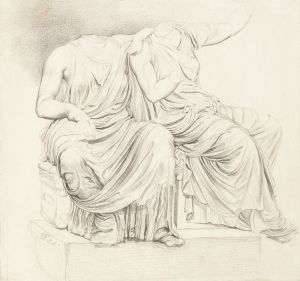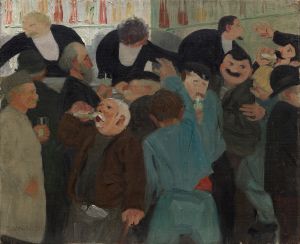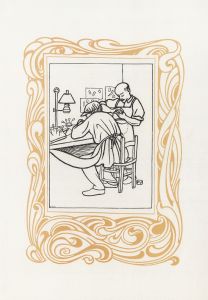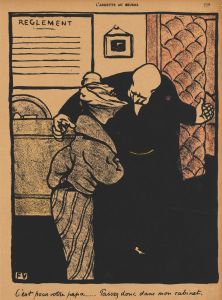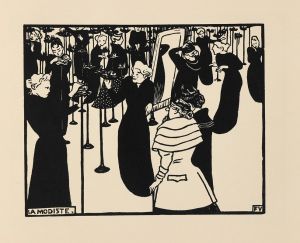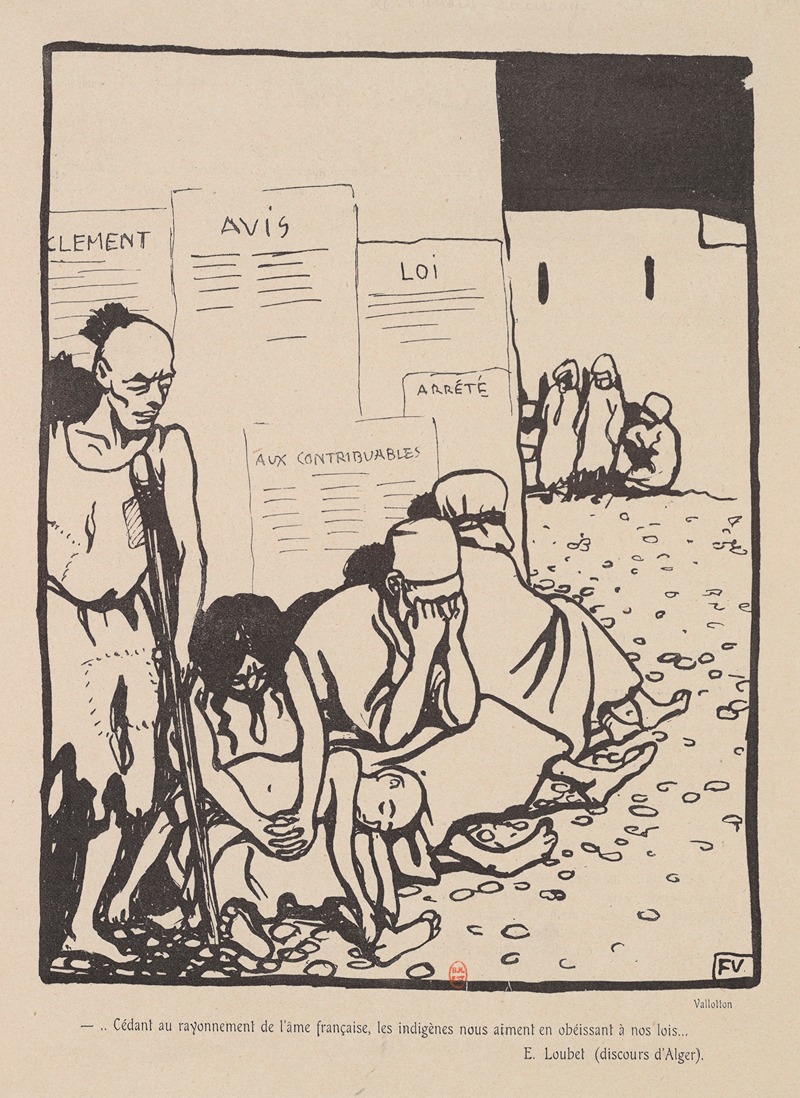
…Cedant au rayonnement de l’ame francaise,…
A hand-painted replica of Félix Vallotton’s masterpiece …Cedant au rayonnement de l’ame francaise,…, meticulously crafted by professional artists to capture the true essence of the original. Each piece is created with museum-quality canvas and rare mineral pigments, carefully painted by experienced artists with delicate brushstrokes and rich, layered colors to perfectly recreate the texture of the original artwork. Unlike machine-printed reproductions, this hand-painted version brings the painting to life, infused with the artist’s emotions and skill in every stroke. Whether for personal collection or home decoration, it instantly elevates the artistic atmosphere of any space.
Félix Vallotton's painting "Cedant au rayonnement de l’âme française" is a notable work by the Swiss-French artist, who was an influential figure in the late 19th and early 20th centuries. Vallotton was associated with the Nabis, a group of avant-garde Post-Impressionist artists in Paris, and he was known for his unique style that combined elements of realism and symbolism.
The title of the painting, "Cedant au rayonnement de l’âme française," translates to "Yield to the Radiance of the French Soul." This title suggests a theme of cultural or national pride, possibly reflecting the socio-political climate of the time when France was asserting its cultural influence in Europe and beyond. Vallotton's work often engaged with themes of identity, society, and the human condition, and this painting is likely no exception.
Vallotton was born in Lausanne, Switzerland, in 1865 and moved to Paris in 1882 to pursue his artistic career. He became a naturalized French citizen in 1900. His work is characterized by its sharp lines, bold use of color, and often satirical or critical view of contemporary society. Vallotton was also a prolific printmaker, and his woodcuts were particularly influential, contributing to the revival of this medium in the late 19th century.
"Cedant au rayonnement de l’âme française" is part of Vallotton's broader body of work that often explored themes of modern life and the complexities of human relationships. While specific details about the painting's composition and subject matter are not widely documented, Vallotton's style typically includes a strong narrative element, with a focus on the psychological depth of his subjects.
Throughout his career, Vallotton was known for his keen observational skills and his ability to capture the subtleties of human emotion and interaction. His paintings often feature a sense of tension or irony, inviting viewers to look beyond the surface and consider the underlying messages.
Vallotton's work has been exhibited in numerous galleries and museums worldwide, and he is regarded as an important figure in the transition from 19th-century academic art to the modernist movements of the 20th century. His paintings and prints continue to be studied for their innovative techniques and their insightful commentary on the society of his time.
While "Cedant au rayonnement de l’âme française" may not be as widely recognized as some of Vallotton's other works, it remains an integral part of his artistic legacy, reflecting his engagement with the cultural and political issues of his era. Vallotton passed away in 1925, leaving behind a rich and diverse body of work that continues to influence artists and art historians today.





